Arcam Solo Neo - £1,400

Bringing the Solo up to date with recent trends, Arcam’s Neo is well-equipped with digital connectivity, including wired Ethernet, Wi-Fi and USB (for portable players, etc.). It doesn’t digitally interface to iPods and other Apple products, but it can control them via Arcam’s own optional irDock. It doesn’t have S/PDIF inputs either, but does sport four handy line-level analogue inputs.
A CD transport is built in, and is quick and fuss-free to use. Both DAB and FM radio are supported, sharing a single RF input socket, which connects to a shared tuner/decoder.
There’s also a number of internal modules and sub-boards inside; the main circuit board looks traditional with a linear power amplifier using a single power integrated circuit per channel, a chip we’ve come across in a few products recently.
The power supply is also linear, using a pair of toroidal transformers (large for the output stages, small for standby functions). The prominent external heatsink at the rear is something we haven’t seen on Arcam products in quite a while. On the one hand it needs extra space, due to its prominence, on the other hand it serves to protect cables, so no harm done! Features include tone and balance controls alongside the various streaming functions, all very easy to use.
Sound qualityThis unit divided opinion among the blind-listening panel, in some cases quite sharply, particularly in regard to the type of music playing. It got the best response on the Bette Midler number, which is superficially quite simple, but has a fair amount going on beneath the surface.
Harmonically though, the music presents few challenges and the Solo Neo seemed to react well to that, giving a very enjoyable rendition of a classic song.
By contrast, in Pink Floyd’s world there was some lack of edge. One listener pointed out that there was particularly good integration between the various lines and instruments in this track, and we can see the point, but that’s not really what the music is all about. We also have to agree that some of the bite of the track got lost along the way.
Similar considerations applied to the full-scale orchestral track, but in this case the integration was, perhaps, more to the point and the overall result was more convincing. One listener felt that there could have been more weight and grandeur in the sound. Indeed, weight is in rather short supply, bass being extended but not subterranean. It has decent attack and is well-tuned, but ultimate heft is lacking. Treble is well-extended, but a touch closed-in.
For some reason, we found the Arcam’s built-in CD transport a little less convincing than sound sourced via Ethernet. It wasn’t a huge step change, but streamed audio seemed clearer and more direct.
LIKE: Neutral midrange and good integration make for pleasant long-term listening
DISLIKE: A little short of attack and bass weight; no digital inputs
WE SAY: Eminently suited to background music playing
DETAILS
ORIGIN: UK/China
TYPE: One-box system
WEIGHT:
7.8kg
Dimensions: (WxHxD) 430x79x350mm
FEATURES:
• Rated output 38w (8 ohms)
• RS232/iRdock input
• DAB/FM antenna input
• USB-A input
• Ethernet connection
• Wi-fi connector
• MP3 input and headphone output
• Preamp output
• Recording ouput
• Optical digital ouput
Distributor: Arcam
TELEPHONE: 01223 203200
WEBSITE: arcam.co.uk
 |
Inside this month's issue: Arcam Radia A25 integrated amp, iFi Audio iDSD Diablo 2 DAC/headphone amp, Eversolo DMP-A8 streamer/DAC/preamp, Line Magnetic LM-845IA valve amp, Record Store Day Spring Drop, standmount loudspeaker Group Test and much, much more
|



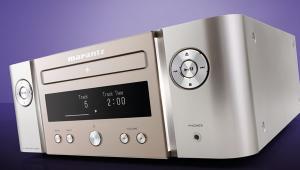
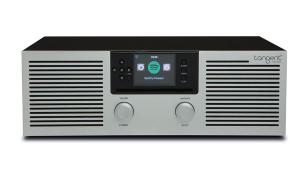



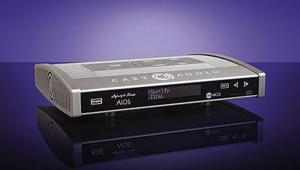
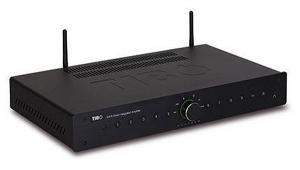

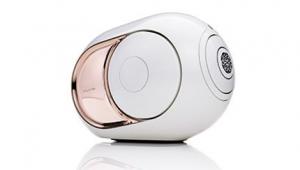
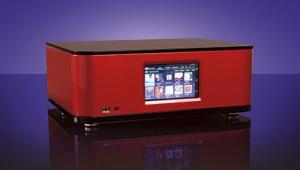

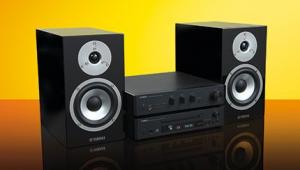
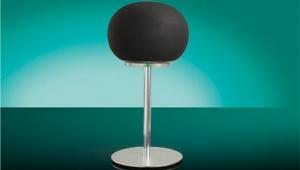






























.jpg)



